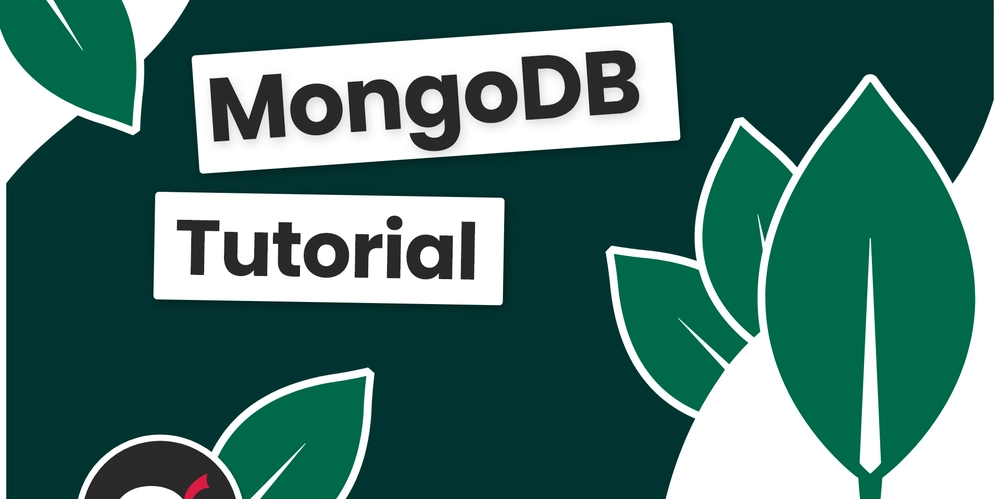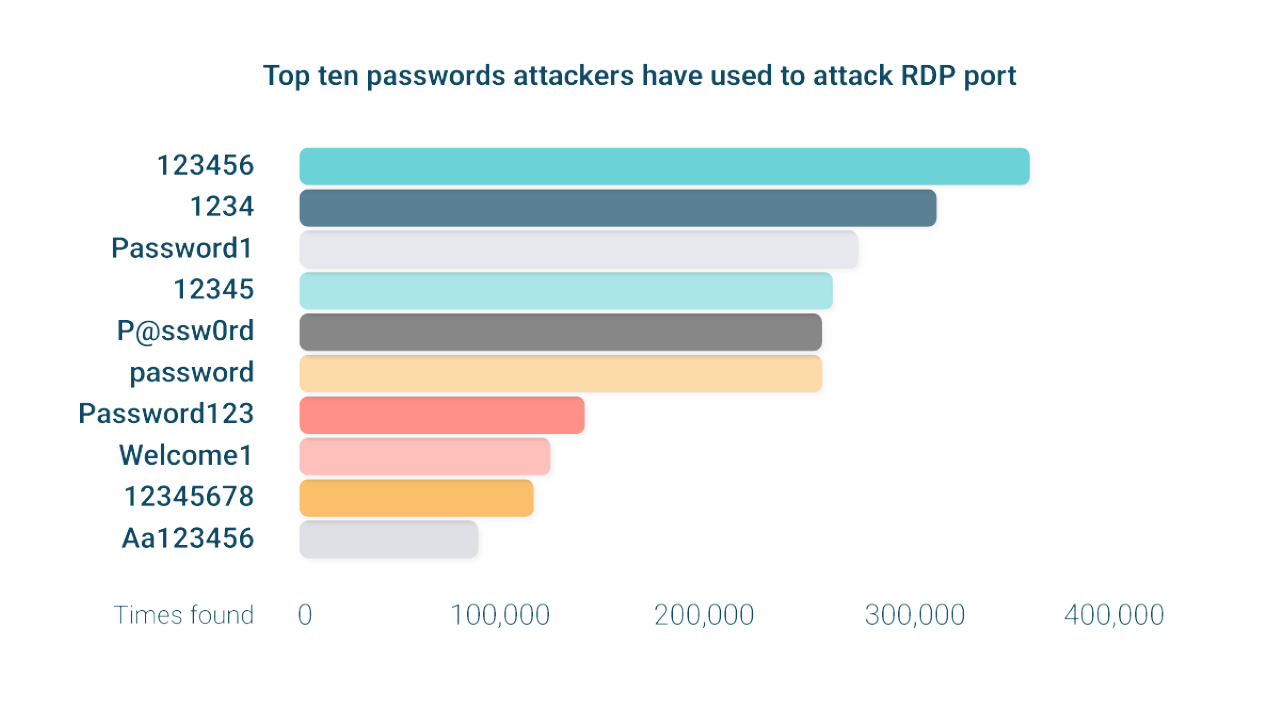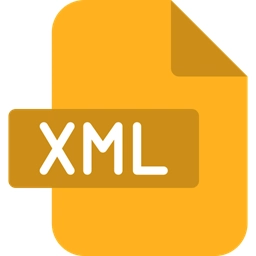MongoDB for Beginners: The Complete Guide to CRUD Operations
Welcome to the world of MongoDB! If you're taking your first steps into the realm of NoSQL databases, you've made an excellent choice. This guide aims to introduce you to the fundamental operations in MongoDB—Create, Read, Update, and Delete(CRUD)—in a straightforward, comprehensive manner. Introduction To MongoDB MongoDB is a document-oriented NoSQL database that has gained significant popularity in recent years. Unlike traditional relational databases that use tables and rows, MongoDB stores data in flexible JSON-like documents called BSON(binary JSON). This approach offers several advantages: Schema flexibility: Documents in the same collection can have different fields Scalability: Designed to scale horizontally across multiple servers Performance: Optimized for high-throughput operations Developer-friendly: Natural data representation similar to objects in programming languages Setting up your environment Before we explore CRUD operations, let's ensure you have the necessary tools: Installation MongoDB Community Edition is free and available Windows, macOS, and Linux. Visit the official MongoDB website to download the version appropriate for your operating system. MongoDB Shell The MongoDB Shell(mongosh) is a command-line interface for interacting with your MongoDB instances. After installation, you can launch it by typing mongoshin your terminal or command prompt. Alternative: MongoDB Compass If you prefer a graphical interface, MongoDB Compass provides a visual way to explore and manipulate your data. It's particularly helpful for beginners to visualize document structures and query results. Database and Collection Concepts In MongoDB: A database contains the collections of documents. A collection is similar to table in relational databases but without a fixed schema A document is a set of key-value pairs stored in BSON format. Let's create a database and collection for our examples // create and use database use beginnerDB // mongodb will automatically create collections when you first insert data CRUD Operations in Detail Create Operations: Adding documents to Collections MongoDB offers multiple methods for creating new documents. The primary ones are insertOne() and insertMany(). insertOne: Adding a Single Document db.customers.insertOne({ name: "Thomas Wilson", email: "thomas.wilson@example.com", age: 32, address: { street: "123 Oak Avenue", city: "Minneapolis", state: "MN", zipCode: "55401" }, interests: ["photography", "hiking", "cooking"], accountCreated: new Date() }); When you execute this command, MongoDB returns an acknowledgement containing the _id of the newlr created document. This _id field is automatically generated if not provided and serves as a unique identifier for each document. insertMany: Adding Multiple Documents db.customers.insertMany([ { name: "Sarah Johnson", email: "sarah.j@example.com", age: 27, address: { street: "456 Pine Road", city: "Denver", state: "CO", zipCode: "80202" }, interests: ["reading", "yoga", "travel"], accountCreated: new Date() }, { name: "Michael Rodriguez", email: "michael.r@example.com", age: 41, address: { street: "789 Maple Lane", city: "Portland", state: "OR", zipCode: "97201" }, interests: ["cycling", "gardening", "music"], accountCreated: new Date() } ]); This command inserts multiple documents in a single operation, which is more efficient than performing seperate insertions. Read Operations: Retreiving Documents The ability to query data is effectively is crucial for any database system. MongoDB provides powerful query capabilities through the find() and findOne() methods. Basic Find Operations // Retrieve all documents in a collection db.customers.find(); // Retrieve a single document db.customers.findOne({ name: "Thomas Wilson" }); Query with Criteria // Find customers older than 30 db.customers.find({ age: { $gt: 30 } }); // Find customers interested in photography db.customers.find({ interests: "photography" }); // Find customers from a specific state db.customers.find({ "address.state": "CO" }); Note that dot notation used to query nested fields like address.state. Query Operators MongoDB provides numerous operators to construct precise queries: Comparison Operators: $eq(equals), $ne(not equals), $gt(greater than), $lt(less than), >e(greater than or equals), $lte(less than or equals) Logical Operators: $and, $or, $not, $nor Element Operators: $exists, $type Array Operators: $all, $elemMatch, $size Project

Welcome to the world of MongoDB! If you're taking your first steps into the realm of NoSQL databases, you've made an excellent choice. This guide aims to introduce you to the fundamental operations in MongoDB—Create, Read, Update, and Delete(CRUD)—in a straightforward, comprehensive manner.
Introduction To MongoDB
MongoDB is a document-oriented NoSQL database that has gained significant popularity in recent years. Unlike traditional relational databases that use tables and rows, MongoDB stores data in flexible JSON-like documents called BSON(binary JSON). This approach offers several advantages:
- Schema flexibility: Documents in the same collection can have different fields
- Scalability: Designed to scale horizontally across multiple servers
- Performance: Optimized for high-throughput operations
- Developer-friendly: Natural data representation similar to objects in programming languages
Setting up your environment
Before we explore CRUD operations, let's ensure you have the necessary tools:
Installation
MongoDB Community Edition is free and available Windows, macOS, and Linux. Visit the official MongoDB website to download the version appropriate for your operating system.
MongoDB Shell
The MongoDB Shell(mongosh) is a command-line interface for interacting with your MongoDB instances. After installation, you can launch it by typing mongoshin your terminal or command prompt.
Alternative: MongoDB Compass
If you prefer a graphical interface, MongoDB Compass provides a visual way to explore and manipulate your data. It's particularly helpful for beginners to visualize document structures and query results.
Database and Collection Concepts
In MongoDB:
- A database contains the collections of documents.
- A collection is similar to table in relational databases but without a fixed schema
- A document is a set of key-value pairs stored in BSON format.
Let's create a database and collection for our examples
// create and use database
use beginnerDB
// mongodb will automatically create collections when you first insert data
CRUD Operations in Detail
Create Operations: Adding documents to Collections
MongoDB offers multiple methods for creating new documents. The primary ones are insertOne() and insertMany().
insertOne: Adding a Single Document
db.customers.insertOne({
name: "Thomas Wilson",
email: "thomas.wilson@example.com",
age: 32,
address: {
street: "123 Oak Avenue",
city: "Minneapolis",
state: "MN",
zipCode: "55401"
},
interests: ["photography", "hiking", "cooking"],
accountCreated: new Date()
});
When you execute this command, MongoDB returns an acknowledgement containing the _id of the newlr created document. This _id field is automatically generated if not provided and serves as a unique identifier for each document.
insertMany: Adding Multiple Documents
db.customers.insertMany([
{
name: "Sarah Johnson",
email: "sarah.j@example.com",
age: 27,
address: {
street: "456 Pine Road",
city: "Denver",
state: "CO",
zipCode: "80202"
},
interests: ["reading", "yoga", "travel"],
accountCreated: new Date()
},
{
name: "Michael Rodriguez",
email: "michael.r@example.com",
age: 41,
address: {
street: "789 Maple Lane",
city: "Portland",
state: "OR",
zipCode: "97201"
},
interests: ["cycling", "gardening", "music"],
accountCreated: new Date()
}
]);
This command inserts multiple documents in a single operation, which is more efficient than performing seperate insertions.
Read Operations: Retreiving Documents
The ability to query data is effectively is crucial for any database system. MongoDB provides powerful query capabilities through the find() and findOne() methods.
Basic Find Operations
// Retrieve all documents in a collection
db.customers.find();
// Retrieve a single document
db.customers.findOne({ name: "Thomas Wilson" });
Query with Criteria
// Find customers older than 30
db.customers.find({ age: { $gt: 30 } });
// Find customers interested in photography
db.customers.find({ interests: "photography" });
// Find customers from a specific state
db.customers.find({ "address.state": "CO" });
Note that dot notation used to query nested fields like address.state.
Query Operators
MongoDB provides numerous operators to construct precise queries:
-
Comparison Operators:
$eq(equals),$ne(not equals),$gt(greater than),$lt(less than),>e(greater than or equals), $lte(less than or equals) -
Logical Operators:
$and,$or,$not,$nor -
Element Operators:
$exists,$type -
Array Operators:
$all,$elemMatch,$size
Projections: Retreiving Specific Fields
Sometimes you only need certain fields from your documents. Projections allow you to specify which fields to include or exclude:
// Include only name and email (and the default _id)
db.customers.find({}, { name: 1, email: 1 });
// Exclude the _id field
db.customers.find({}, { name: 1, email: 1, _id: 0 });
// Exclude address and interests
db.customers.find({}, { address: 0, interests: 0 });
Sorting, Limiting and Skipping Results
// Sort by age in ascending order
db.customers.find().sort({ age: 1 });
// Sort by age in descending order
db.customers.find().sort({ age: -1 });
// Limit results to 2 documents
db.customers.find().limit(2);
// Skip the first document
db.customers.find().skip(1);
// Combination: sort by age, skip first, and limit to 2
db.customers.find().sort({ age: 1 }).skip(1).limit(2);
Update Operations: Modifying Documents
MongoDB provides several methods for updating documents: updateOne(), updateMany(), and replaceOne().
updateOne: Modifying a Single Document
// Update Thomas Wilson's age
db.customers.updateOne(
{ name: "Thomas Wilson" }, // filter
{ $set: { age: 33 } } // update operation
);
updateMany: Modifying Multiple Documents
// Increase age by 1 for all customers
db.customers.updateMany(
{}, // empty filter matches all documents
{ $inc: { age: 1 } } // increment age by 1
);
// Add a new interest for customers from Colorado
db.customers.updateMany(
{ "address.state": "CO" },
{ $push: { interests: "skiing" } }
);
Update Operators
MongoDB offers various update operators:
-
Field Operators:
$set,$unset,$inc,$min,$max,$mul -
Array Update operators:
$push,$pop,$pull,$addToSet -
Bitwise operators:
$bit
Upsert: Update or Insert
The "upsert" operation allows you to update a document if it exists or create it if it doesn't:
db.customers.updateOne(
{ email: "alex.brown@example.com" },
{
$set: {
name: "Alex Brown",
age: 29,
interests: ["chess", "swimming"]
}
},
{ upsert: true }
);
Delete Operations: Removing Documents
To remove documents from collections, MongoDB provides deleteOne() and deleteMany() methods.
deleteOne: Removing a Single Document
// Delete customer by name
db.customers.deleteOne({ name: "Sarah Johnson" });
deleteMany: Removing Multiple Documents
// Delete all customers under 25
db.customers.deleteMany({ age: { $lt: 25 } });
// Delete all customers (clears the collection)
db.customers.deleteMany({});
Best Practices for Beginners
As you begin your MongoDB journey, consider these recommendations:
- Plan Your Document Structure Even though MongoDB is schema-flexible, thoughtful planning of document structure can prevent issues later. Consider:
- What data will be frequently accessed together?
- What is the expected growth pattern of your data?
- Will you need to query specific nested fields often?
Use Appropriate Data Types
MongoDB supports various data types including String, Number, Date, Array, and Embedded Documents. Using appropriate types enchances query efficiency and data integrity.Implement Indexing Early
Indexes significantly improve query performance, especially as your data grows:
// Create an index on the email field
db.customers.createIndex({ email: 1 });
// Create a compound index
db.customers.createIndex({ age: 1, "address.state": 1 });
- Validate Your Data While MongoDB doesn't enforce a schema, you can use JSON Schema validation to ensure data consistency:
db.createCollection("validated_customers", {
validator: {
$jsonSchema: {
bsonType: "object",
required: [ "name", "email", "age" ],
properties: {
name: {
bsonType: "string",
description: "must be a string and is required"
},
email: {
bsonType: "string",
pattern: "^.+@.+$",
description: "must be a valid email address"
},
age: {
bsonType: "int",
minimum: 18,
description: "must be an integer greater than or equal to 18"
}
}
}
}
});
- Monitor Performance As your application grows, use MongoDB's built-in tools to monitor performance:
-
explain()method to analyse query execution - MongoDB Compass for visual performance insights
- Server status commands to check database metrics.
Common Challenges and Solutions
Large Document Size
MongoDB has a 16MB document size limit. If your document grow too large:
- Consider referencing instead of embedding
- Split logical pieces into seperate collections
- Use GridFS for files exceeding 16MB
Complex Queries
For complex queries involving multiple conditions:
- Use compound indexes
- Consider denormalizing data for frequently accessed patterns
- Use the aggregation framework for advanced data processing
Conclusion
MongoDB's approach to data storage and retreival offers flexibility and performance that traditional databases often cannot match. By mastering the basic CRUD operations outlined in this guide, you've established a solid foundation for working with MongoDB.
Remember that effective database design is as much an art as it is a science. As you gain experience, you'll develop intitution about when to embed documents versus when to reference them, how to structure your data for optimal query performance, and when to use MongoDB's more advanced features.
The journey of learning MongoDB extends well beyond these basics. As you grow more comfortable with these fundamental operations, explore MongoDB's powerful aggregation, explore MongoDB's powerful aggregation framework, geospatial capabilities, and replication features to further enchance your applications.
Happy Coding, and welcome to the MongoDB community!!










































![United’s CEO Led The Industry In Eliminating Change Fees — Then Quietly Raised One [Roundup]](https://viewfromthewing.com/wp-content/uploads/2025/02/20250218_134423.jpg?#)

































